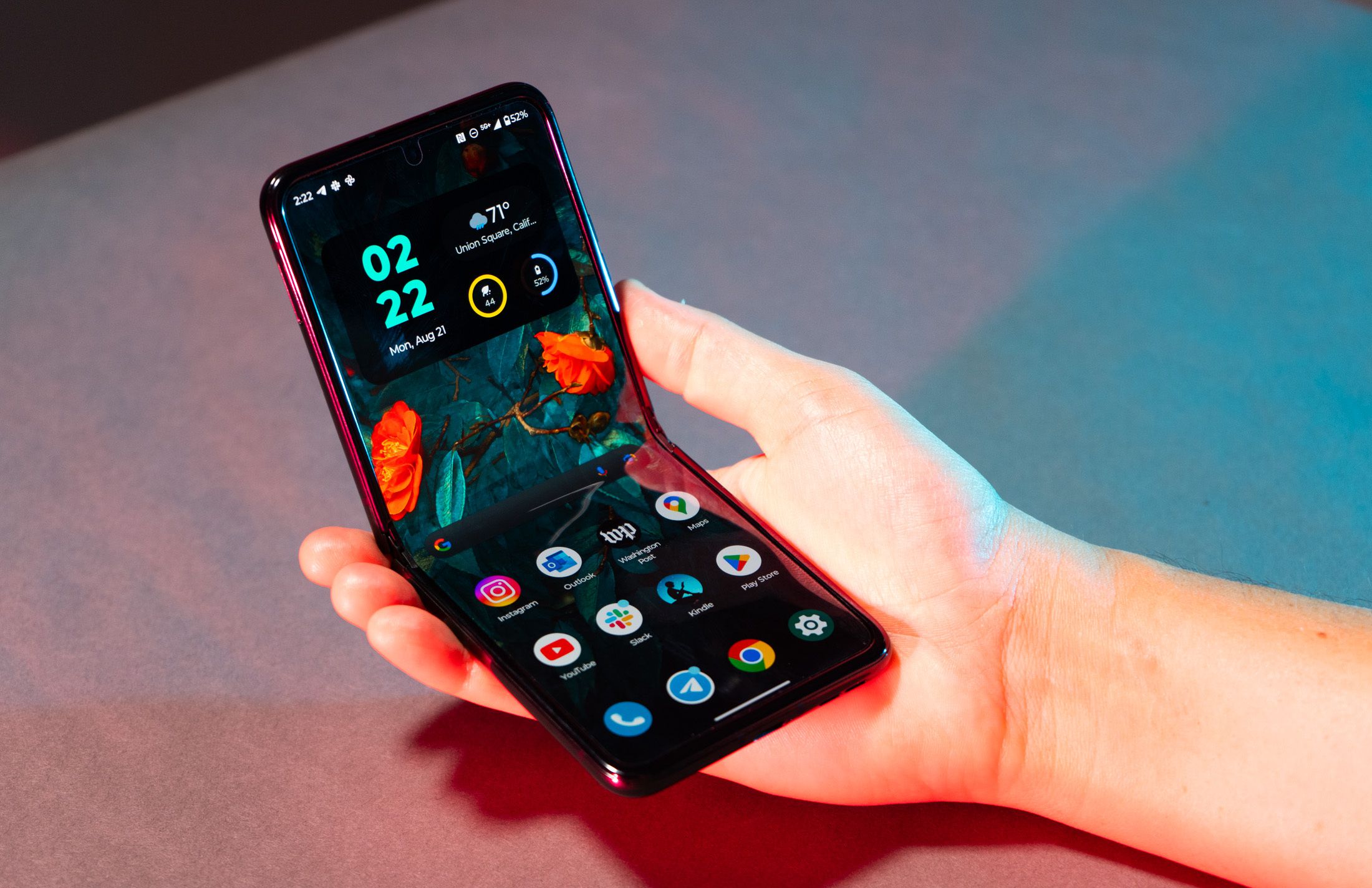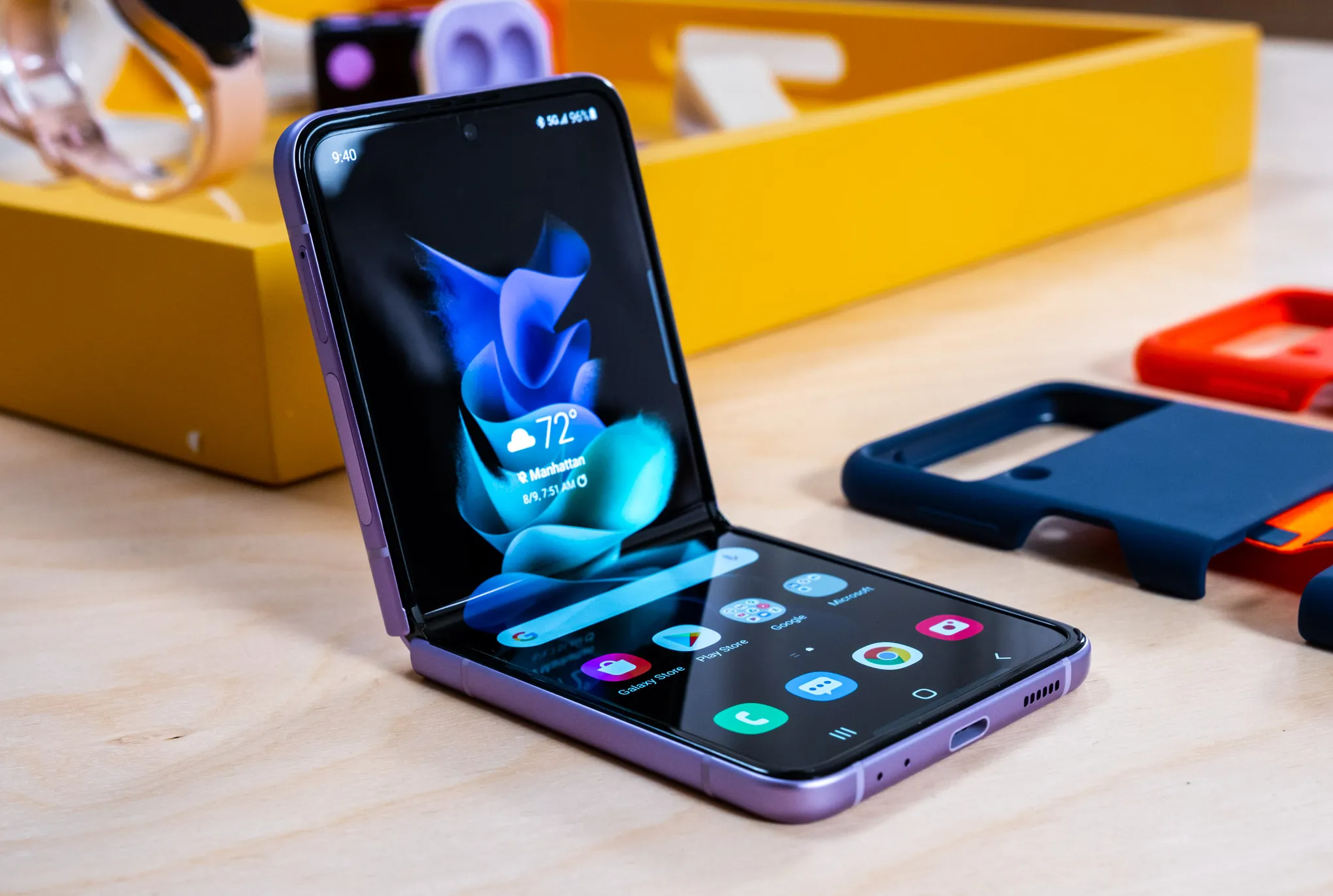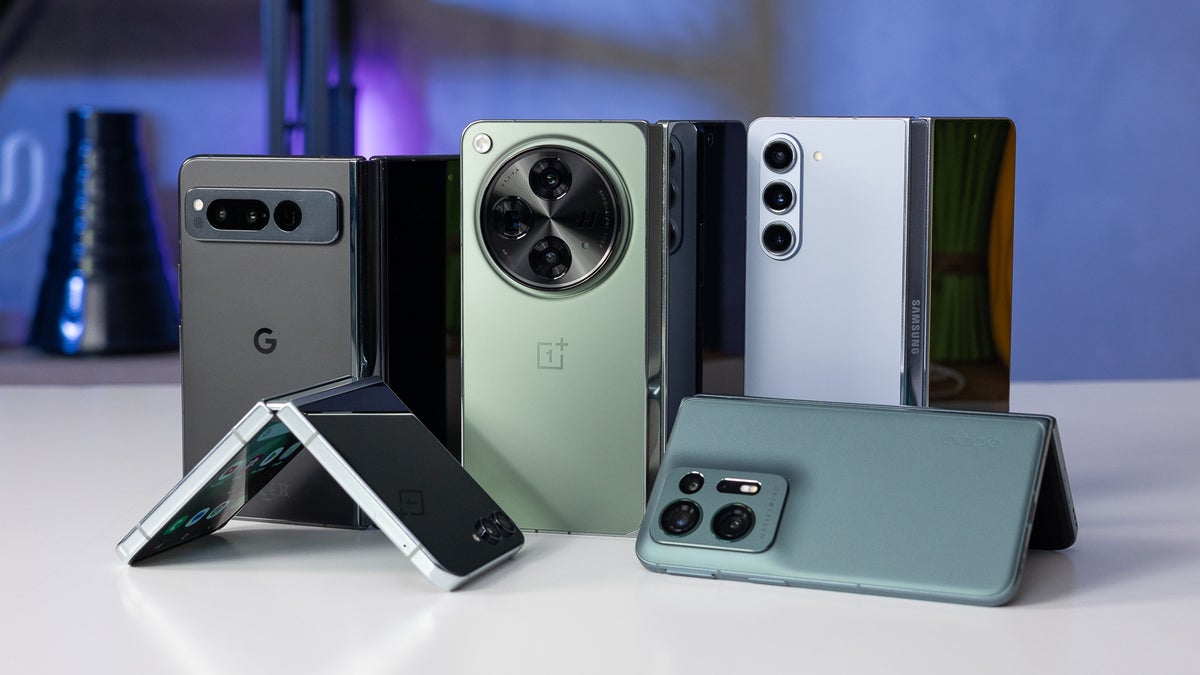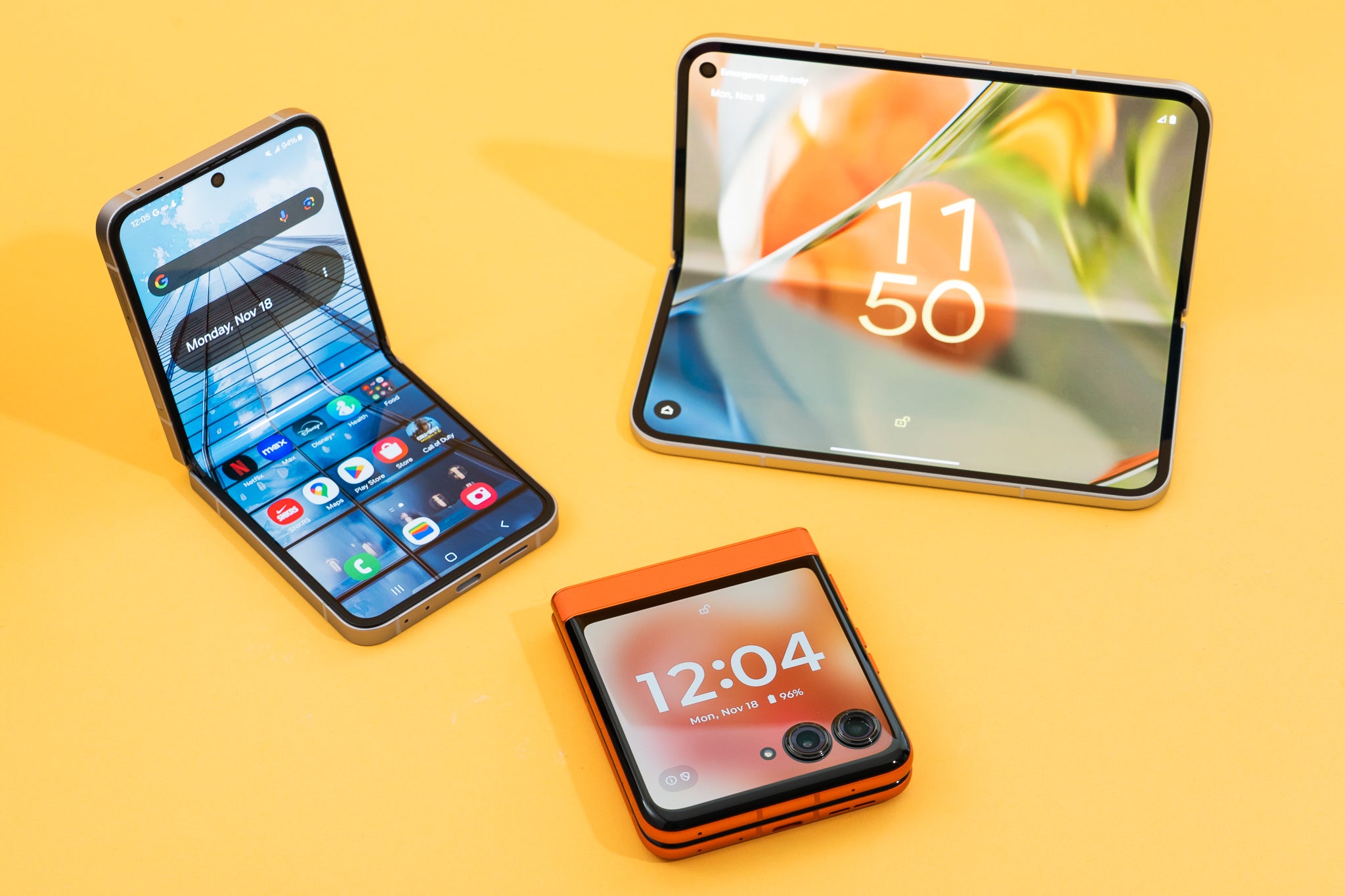Foldable phones are experiencing unprecedented growth as they transition from niche luxury items to mainstream consumer devices. The global foldable smartphone market is projected to expand dramatically from USD 13.5 billion in 2025 to USD 112.4 billion by 2035, representing a remarkable compound annual growth rate of 26.2%. This explosive growth reflects a fundamental shift in consumer preferences toward devices that offer enhanced functionality, larger displays, and innovative form factors.
The surge in popularity stems from several converging factors that address modern smartphone users’ evolving needs. Enhanced multitasking capabilities allow users to run multiple applications simultaneously on expansive screens, while improved portability ensures these devices remain pocket-friendly despite their larger display real estate. The entertainment experience has been revolutionized, with foldable phones providing immersive viewing for videos, gaming, and content consumption that rivals traditional tablets.
Technological advancements have addressed early concerns about durability and reliability. Modern foldable devices feature ultra-thin glass displays, reinforced hinge mechanisms, and improved scratch-resistant coatings that significantly enhance longevity. Major manufacturers like Samsung, Google, Motorola, and OnePlus have refined their designs, making foldable phones more practical for everyday use while reducing manufacturing costs.
The accessibility factor has improved considerably, with devices like the Motorola Razr now available for $700, making foldable technology more attainable for average consumers. Enhanced financing options and EMI schemes have further democratized access to these premium devices, particularly in emerging markets like India, where almost a million foldable phones were sold last year. As 5G connectivity becomes widespread and AI integration deepens, foldable phones are positioned to become the preferred choice for tech-savvy consumers seeking cutting-edge mobile experiences.
Revolutionary Design and Enhanced User Experience
The fundamental appeal of foldable phones lies in their ability to transform from compact smartphones into tablet-sized devices, offering unprecedented versatility in a single package. The Samsung Galaxy Z Fold 6 exemplifies this innovation, featuring a design that’s both thinner and lighter than its predecessors while maintaining durability standards that withstand over 200,000 bends throughout its lifespan. This engineering marvel demonstrates how manufacturers have overcome initial design challenges to create devices that are both functional and aesthetically pleasing.

Seamless App Continuity and Multitasking
Modern foldable phones excel in providing seamless app continuity, allowing users to switch between folded and unfolded states without interrupting application functionality. The split-screen mode capabilities enable users to run up to three applications simultaneously, pushing the boundaries of mobile multitasking far beyond what traditional smartphones can offer. This functionality proves particularly valuable for professionals who need to manage emails, documents, and social media concurrently, making foldable phones essential productivity tools.
Superior Entertainment and Media Consumption
The expansive screens of foldable devices have revolutionized mobile entertainment experiences. With displays reaching up to 7.82 inches when unfolded, devices like the OnePlus Open provide tablet-level viewing experiences while maintaining smartphone portability. High refresh rates and advanced OLED technology deliver stunning visual quality that enhances gaming, video streaming, and reading experiences, making these devices particularly attractive to content consumers and mobile gamers.
Technological Advancements Driving Adoption
Improved Durability and Build Quality
Early foldable phones faced criticism regarding durability concerns, but significant technological improvements have addressed these issues. Ultra-thin glass technology has replaced plastic displays, providing better scratch resistance and a more premium feel. Advanced hinge mechanisms now feature self-healing capabilities for minor scratches, while nano-coatings offer anti-fingerprint and smudge-resistant properties that extend screen lifetime.
Enhanced Battery Technology and Performance
Battery efficiency has improved dramatically with dual battery configurations becoming standard in foldable devices. The Motorola Razr demonstrates this advancement with its 4,200mAh battery providing over 16 hours of usage on a single charge. Fast-charging capabilities and wireless charging compatibility have further enhanced user convenience, while adaptive power management systems optimize battery life based on usage patterns.

AI Integration and Smart Features
Artificial intelligence has become a cornerstone of modern foldable phones, with devices featuring AI-assisted image editing, offline transcription, and real-time translation capabilities. The Google Pixel 9 Pro Fold showcases these advancements with its Tensor G4 SoC, offering features like circle to search, chat assist, and sketch to image functionality. These AI-powered features demonstrate how foldable phones are becoming more than just larger-screen devices – they’re evolving into intelligent assistants that adapt to user needs.
Market Dynamics and Consumer Adoption
Decreasing Costs and Improved Accessibility
The foldable phone market has witnessed significant price reductions, making these devices more accessible to mainstream consumers. Entry-level options like the Motorola Razr at $700 and mid-range alternatives have expanded the addressable market beyond early adopters and premium buyers. Enhanced financing options, including EMI schemes and subscription-based upgrade programs, have further democratized access to foldable technology.
Growing Market Penetration
Industry data reveals that manufacturers are expected to deliver 25 million foldable phones in 2025, representing a nearly 40% increase from the previous year. This growth is driven by technological improvements, competitive pricing, and increasing consumer awareness of foldable phone benefits. The 12GB RAM segment dominates the market with a 42.7% share, indicating consumer preference for high-performance configurations.
Regional Market Expansion
Asia-Pacific regions, particularly China and South Korea, continue leading both production and consumption of foldable devices. However, North America and Europe are experiencing robust demand growth as tech-savvy consumers embrace innovative form factors. India’s market shows particular promise, with companies reporting significant consumer upgrades from the Rs 30,000-50,000 category to premium foldable devices.
Future Outlook and Innovation Trajectory

Emerging Technologies and Design Evolution
The future of foldable smartphones promises even more revolutionary developments. Rollable and stretchable displays are expected to replace conventional foldable screens, enabling dynamic size adjustments without visible hinges. Self-healing display materials will reduce maintenance concerns, while graphene-based batteries will improve energy efficiency and charging speeds.
AI-Powered Personalization
Advanced AI integration will enable adaptive user interfaces that customize screen layouts based on individual behavior patterns. Holographic projection capabilities may eventually provide alternatives to physical screen expansion, while machine learning algorithms will optimize device performance for specific user preferences and usage patterns.
Sustainability and Modular Design
Environmental consciousness is driving development toward modular designs that allow component upgrades without requiring complete device replacement. Blockchain-tracked material sourcing will ensure transparency in manufacturing processes, while regulatory frameworks will promote sustainable materials and recycling initiatives throughout the industry.
The convergence of these technological, economic, and social factors positions foldable phones as the next evolutionary step in mobile technology, promising to reshape how consumers interact with their devices while delivering unprecedented functionality and user experiences.



